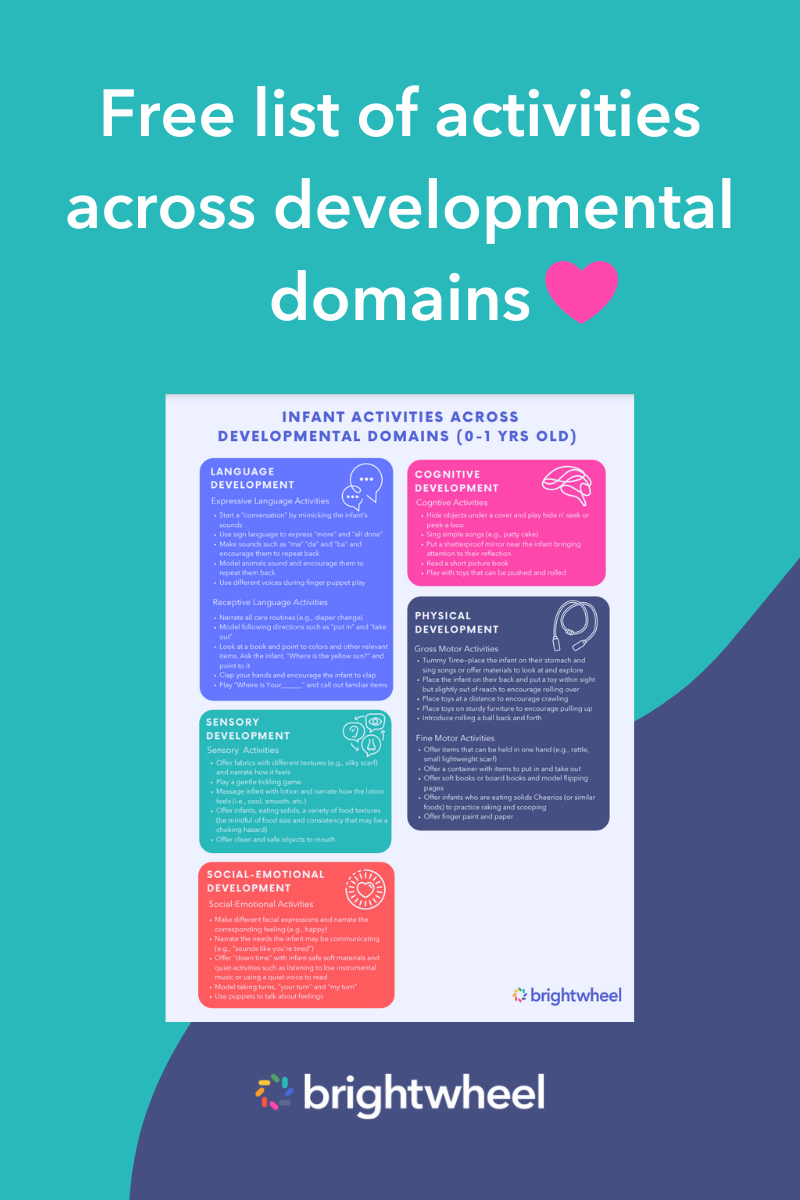The newborn stage is exhausting but rewarding. Watching your baby grow and discover their legs, arms, fingers, and toes is captivating. While the movements that babies engage in during their first weeks and months, like stretching their hands and legs, may seem random, they play an important role in their development.
In this blog post, we’ll explore the unoccupied play stage, how it helps a child’s development, and how parents can best support their child during this phase.
What is unoccupied play?
Unoccupied play is the first stage of researcher Mildred Parten’s six stages of play. Her research centered around the importance of play on a child's overall development and identified the various stages of play that a child progresses through as they grow. These stages are unoccupied play, solitary play, onlooker play, parallel play, associative play, and cooperative play.
The unoccupied play stage mainly involves feet, leg, arm, and hand movements as the baby discovers their body parts and what they can do with them.
At what age does unoccupied play begin?
Unoccupied play starts as a newborn (0-3 months). This stage lays a foundation for how children will explore the world.
During this stage, newborns explore by observing those around them and their surroundings. Their body movements during unoccupied play are usually erratic, uncoordinated, and involuntary, but this is their way of learning about their world at this age.
Why is unoccupied play important to a child’s development?
Play is essential for children's growth since it supports important skills development. Play-based learning is an early education approach that encourages child-directed, unstructured play. Through play, children have endless opportunities to explore and develop their problem-solving and social-emotional skills. Unoccupied play provides many unique benefits, including:
- Sensory experiences. These exploratory movements allow infants to experience different textures, sensations, and materials. As they get older, they may start to play with objects and gain an understanding of space. This allows them to discover things by themselves without any expectations or rules.
- Prepares them for solitary play. Newborns' exploratory movements in this first stage prepare them for the next stage of solitary play where they spend time playing alone and discovering the world by themselves.
- Motor skills development. Although newborns appear stationary, their small movements during unoccupied play help improve their motor skills.
- Allows them to understand their body. Unoccupied play allows newborns to identify their legs, hands, arms, and feet. It encourages children to learn how to reach out for toys even if they use their feet at first.
Examples of unoccupied play
Having defined examples for unoccupied play can be very challenging because most movements at this stage are random and involuntary. Here are a few examples:
- A newborn splashing their hands in bath water and watching their body movements.
- A newborn waving their hands in the direction of a toy and laughing without further engaging with it.
- A newborn kicking their legs and flapping their hands when lying down.
How to encourage your child during unoccupied play
While unoccupied play comes naturally for children, there are things you can do to support your baby’s development at this stage. During unoccupied play, all activities are geared towards improving a baby’s motor skill development so they can transition to the next stage.
Here are some activities that will help your child during this stage.
Tummy time
This is one of the most significant newborn activities. It helps in strengthening a child’s shoulder and neck muscles and promotes their motor skills.
All you need to do for tummy time is to place your baby on their stomach for three to five minutes a day. Continue tummy time sessions as your child advances and challenge them by placing some toys in front of them.
Freedom of movement
The most significant part of unoccupied play is moving body parts. You can support your newborn by letting them kick their legs after bath time or a diaper change.
Talk to your baby
This is the easiest way to support your child at this stage. Talk to them every chance you get—feeding them, dressing them, or during walks. You can also sing lullabies to them.Activities Across Developmental Domains
Use this guide to craft strategies for activities that foster child development across developmental domains.
Best toys for unoccupied play
Here are some toys you can buy your child to support them during their unoccupied play.
- Baby mirror. Baby mirrors are made with highly contrasting colors to get your baby’s attention, and some have infant friendly designs. Mirror time helps newborns improve their visual tracking, gross motor skills, and self-awareness.
- High contrast cards. Flash cards come in different shapes to stimulate your child in different ways. Colored dotted lines help your infant adjust to seeing colors, black and white patterns improve visual distance, and abstract pieces with different colors enhance brain-eye coordination.
- Foot and wrist rattles. These wearable colorful toys encourage children to touch, grab, and look at them, which improves foot and eye coordination.
- Textured toys. These are the best toys for unoccupied play as they allow newborns to shake, grasp, and feel different textures. It can be rattles, balls, or books.
Final thoughts on unoccupied play
Unoccupied play is the first stage of Parten’s six types of play. Most of what happens during this stage is involuntary and natural to babies. However, it’s their first introduction to play, and it prepares them for solitary play.
Although children can get through this stage independently, supporting their unoccupied play can help them develop faster.


